
Spring slowdown
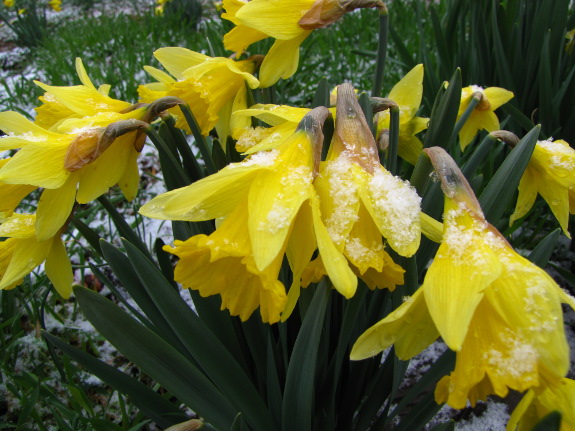
Last year
at this time, the
strawberries were blooming, we were mowing the lawn for the first time,
and we even watered a few garden beds to get seeds to come up
quicker. In contrast, the last week has brought two days of snow,
more days of cold rain, and a fifteen-degree night.
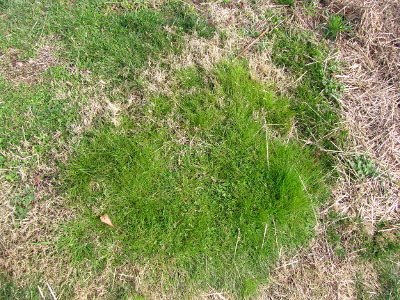
You can see what our
grass currently looks like --- just barely starting to regrow in spots,
but mostly winter-brown. The only cultivated plants blooming are
daffodils and crocuses, and I'm wishing I'd been more sparing of
firewood earlier in the year since I'm enjoying the warmth from
the last of our dry wood as I type.
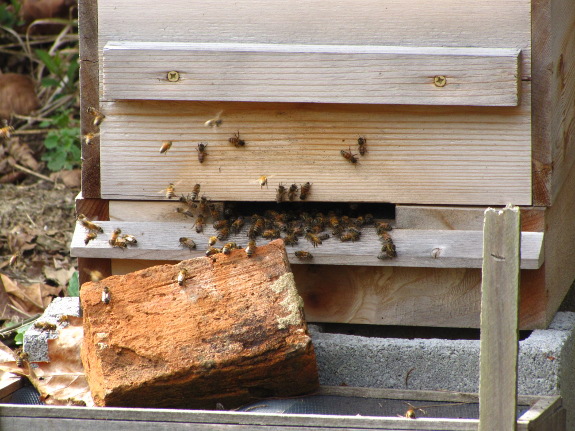
The honeybees are just
starting to have enough food to make it worth their while to be out
flying. In addition to the hazel bushes, other wild,
wind-pollinated trees are starting to open their flowers, providing
quite a bit of the high-value protein and fat source (pollen), if no
ready sugars (nectar). In the yard, purple dead-nettle,
speedwell, and a few dandelions are serving up the earliest nectar, but
it's a foraging expedition not a buffet. Mostly, though, the bees
are staying put because the temperatures have been too cold for hunting.
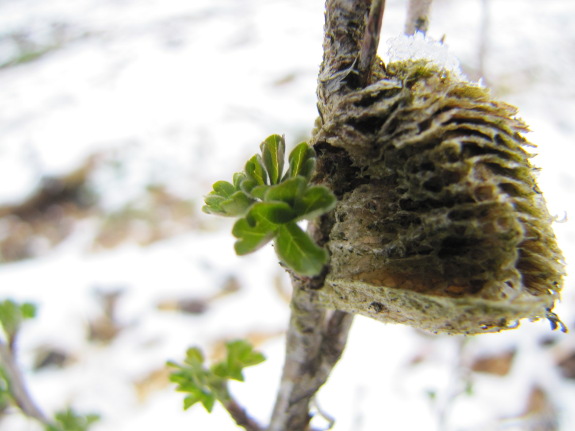
The Invicta Gooseberry
is starting to leaf out, and a few pear buds have broken, but most of
the rest of our perennials are barely accepting that spring is supposed
to be here.
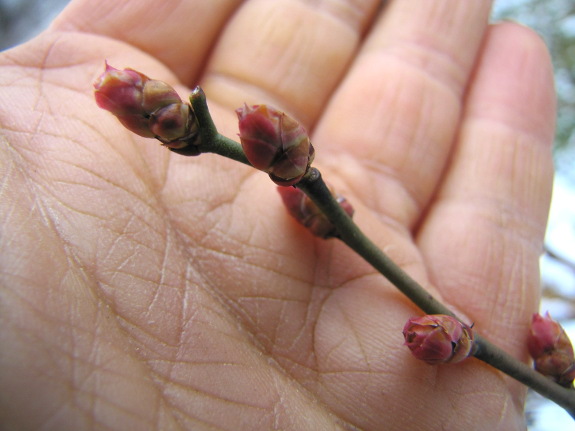
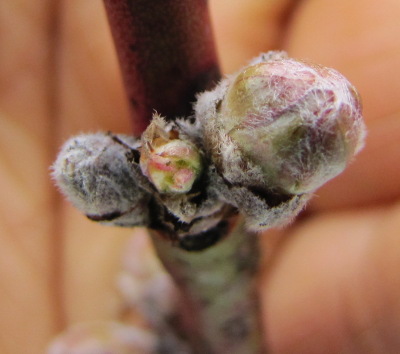 Blueberry buds are swelling,
but not so much they seem daunted by the cold weather. Similarly,
peach flower buds are just barely starting to break dormancy, although
many have clearly been nipped by the cold winter before this
point. (The photo to the left shows a dead flower bud on the far
left, a living leaf bud in the center, and a living flower bud on the
right.)
Blueberry buds are swelling,
but not so much they seem daunted by the cold weather. Similarly,
peach flower buds are just barely starting to break dormancy, although
many have clearly been nipped by the cold winter before this
point. (The photo to the left shows a dead flower bud on the far
left, a living leaf bud in the center, and a living flower bud on the
right.)
The moral of the story
is that the garden is telling me to slow things down, so I am.
Even though I have broccoli and onion sets ready to go into the garden,
there's no point transplanting them until the lows rise to the high 20s
at least. Maybe next week....
Want more in-depth information? Browse through our books.
Or explore more posts by date or by subject.
About us: Anna Hess and Mark Hamilton spent over a decade living self-sufficiently in the mountains of Virginia before moving north to start over from scratch in the foothills of Ohio. They've experimented with permaculture, no-till gardening, trailersteading, home-based microbusinesses and much more, writing about their adventures in both blogs and books.
Want to be notified when new comments are posted on this page? Click on the RSS button after you add a comment to subscribe to the comment feed, or simply check the box beside "email replies to me" while writing your comment.
